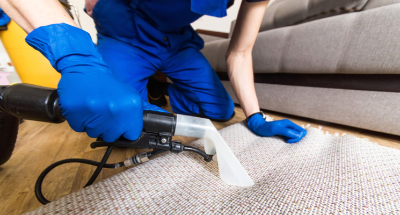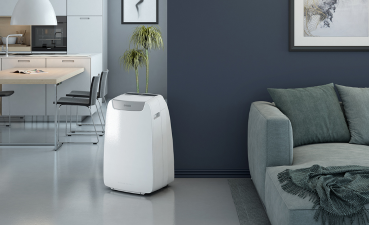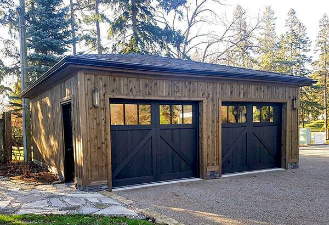Why Cleaning Method Matters: The Hidden Dangers of Neglect
Before we dive into methods, let’s revisit why regular cleaning is non-negotiable:
l Dust Mites: These microscopic pests thrive in carpets, feeding on human skin cells. A single ounce of dust can hold up to 10,000 dust mites, triggering allergies and asthma.
l Bacterial Growth: Spills and pet accidents create damp, warm environments where bacteria and mold multiply. Even “invisible” spills can lead to foul odors and health risks.
l Abrasive Damage: Unremoved dirt acts like sandpaper, wearing down carpet fibers and causing irreversible damage.
DIY Carpet Cleaning: When to Try It (and When to Stop)
DIY methods are great for quick fixes and routine maintenance, but they have limitations. Here’s what you need to know:
1. Regular Vacuuming (Daily/Weekly)
l How it works: Removes surface dirt, hair, and debris using suction.
l Best for: Daily upkeep in low-traffic areas. Use a HEPA-filter vacuum to trap allergens.
l Tip: Vacuum in multiple directions to lift more dirt from fibers.
2. Spot Cleaning (Immediate Stain Removal)
l How it works: Blot (don’t rub!) spills with a clean cloth, then apply a mild detergent solution (1 tbsp dish soap + 2 cups water). Rinse with water and blot dry.
l Best for: Fresh stains like coffee, juice, or mud. Avoid bleach, which can discolor carpets.
l Warning: For old or set-in stains (like red wine or pet urine), skip DIY and call a pro—home remedies may make them worse.
3. Rental Steam Cleaners (Monthly/Seasonally)
l How it works: Rent a machine that sprays hot water and detergent, then extracts the mixture.
l Pros: Affordable, good for moderate dirt in small areas.
l Cons: Less powerful than professional equipment, may over-wet carpets (risk of mold), and requires manual effort.
4. Baking Soda for Odors
l How it works: Sprinkle baking soda on carpets, let sit for 15–30 minutes, then vacuum. Neutralizes pet odors, cooking smells, or mustiness.
l Pro Tip: Add a few drops of essential oil (like lavender) to baking soda for a fresh scent.
Professional Carpet Cleaning: The Gold Standard for Deep, Lasting Results
When it comes to restoring your carpets to their former glory, professional services offer unmatched expertise and equipment. Here’s a breakdown of their tried-and-true methods:
1. Hot Water Extraction (HWE)
The process:
l Pre-vacuum to remove loose dirt.
l Apply a professional-grade detergent to loosen stains and grime.
l Inject hot water (140–200°F) into the carpet using high-pressure nozzles.
l Extract the dirty water, along with dissolved dirt, using powerful suction (truck-mounted machines are most effective).
Why it works: Penetrates deep into carpet backing, removing embedded allergens and stains. Ideal for high-traffic areas and most carpet types (except wool, which needs gentler methods).
Drying time: 2–6 hours (faster with commercial-grade drying fans).
2. Low-Moisture Cleaning (Encapsulation/Bonnet)
l Encapsulation: Uses a polymer-based cleaner that wraps around dirt particles, which are then vacuumed away after drying. Minimal water use (5–10% moisture), perfect for office carpets or same-day use.
l Bonnet Cleaning: A rotating pad soaked in cleaning solution is used to absorb surface dirt. Best for maintaining cleanliness between deep cleans, not for heavy stains.
3. Dry Cleaning for Delicate Fibers
l Method: A dry compound (powder or foam) with detergent and absorbent ingredients is worked into the carpet. The compound bonds with dirt, which is vacuumed up after 20–30 minutes.
l Best for: Wool, silk, or other natural fibers that can’t tolerate water, as well as areas that need immediate use (no drying time).
4. Specialty Services for Tough Challenges
l Pet Urine Treatment: Enzyme cleaners break down organic matter, preventing stains and odors from recurring. Professionals may use black light to detect hidden urine spots.
l Mold/Mildew Removal: Requires careful drying, antimicrobial treatments, and sometimes carpet removal if mold has penetrated the pad.
l Allergen Removal: HEPA filtration systems and steam cleaning at high temperatures kill dust mites and their eggs.
When to Switch from DIY to Professional Cleaning
Consider calling experts if you notice:
l Stubborn Stains: Coffee, wine, or pet urine that won’t budge with spot treatment.
l Lingering Odors: Smells that return after cleaning, indicating deep-seated residue.
l Dull or Matted Fibers: A sign of embedded dirt that vacuuming can’t fix.
l Health Symptoms: Increased allergies, coughing, or sneezing when at home—likely due to carpet-bound pollutants.
l Carpet Age: Older carpets need gentle, professional care to avoid damage from harsh DIY methods.
How to Choose the Right Professional Cleaner
l Check Credentials: Look for certifications from organizations like the IICRC (Institute of Inspection, Cleaning, and Restoration Certification).
l Ask About Methods: Ensure they use safe, effective techniques for your carpet type (e.g., HWE for nylon, dry cleaning for wool).
l Read Reviews: Look for feedback on stain removal, drying time, and customer service.
l Get a Quote: Reputable companies provide free, detailed estimates—avoid those who quote “per room” without inspecting your carpets.
Keep Your Carpets Looking New for Years
Whether you opt for DIY maintenance or professional deep cleaning, the key is consistency. Regular vacuuming, prompt spot treatment, and annual professional cleaning will protect your investment and keep your home fresh and healthy.




